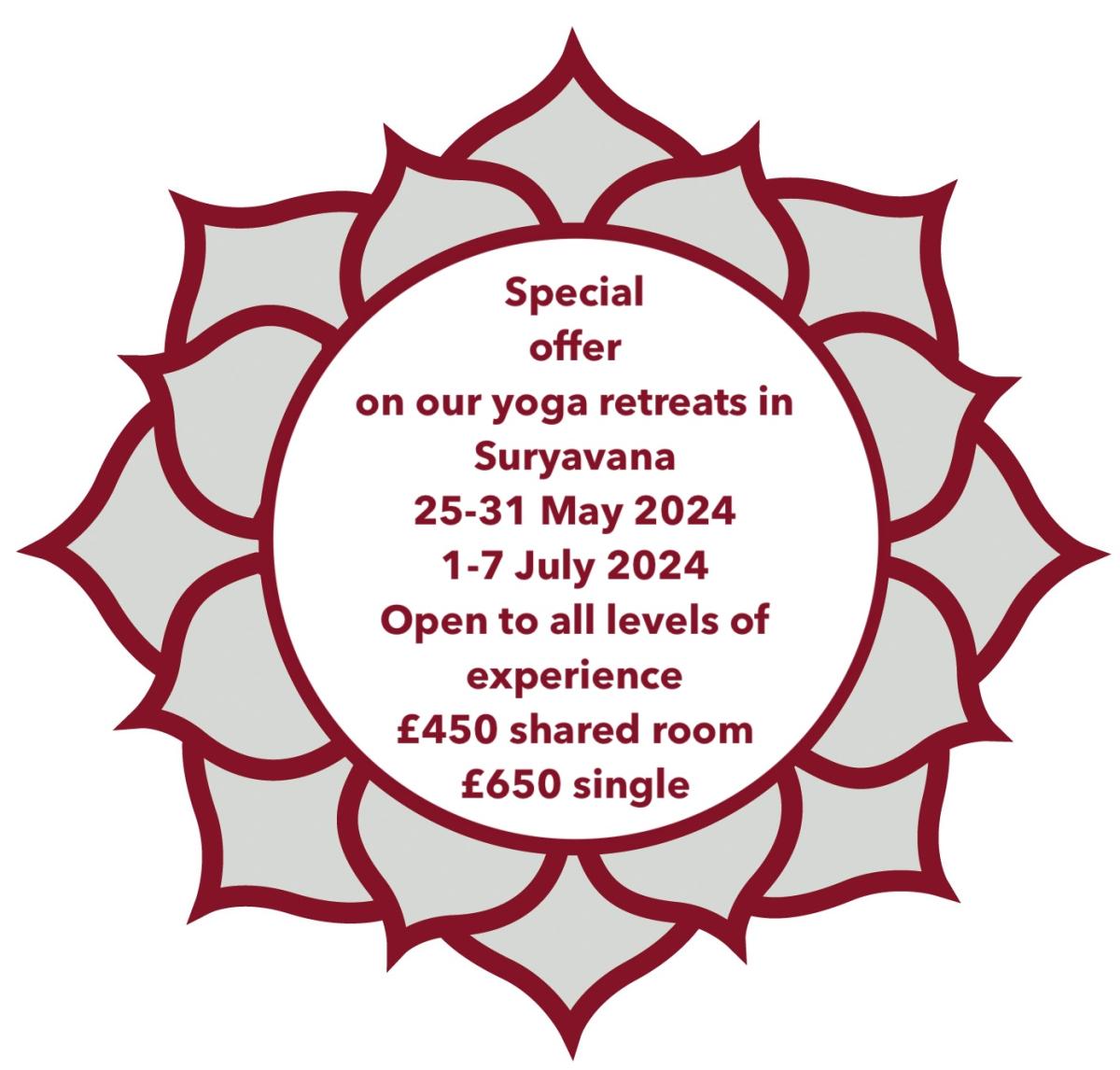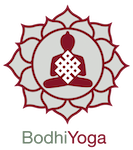What’s the best way to start doing yoga? The best strategy to get going?
 Starting yoga can be a wonderful journey for your mind, body, and overall well-being. Here's a step-by-step strategy to help you get started:
Starting yoga can be a wonderful journey for your mind, body, and overall well-being. Here's a step-by-step strategy to help you get started:
-
Understand the Basics: Familiarize yourself with the principles, benefits, and different styles of yoga. Read books, browse reputable websites, or watch instructional videos to gain a basic understanding of what yoga entails. Please see our extensive programme of classes on YouTube
-
Set Clear Goals: Determine what you hope to achieve through yoga. Whether it's improving flexibility, reducing stress, or enhancing mindfulness, setting clear goals will give you a sense of direction and motivation. This will determine the emphasis you want to take in your yoga.
-
Find an Approach to Yoga that suits you: Explore different yoga styles to find the one that resonates with you. Hatha, Vinyasa, Ashtanga, and Yin yoga are some popular options. Consider your fitness level, preferences, and any physical limitations when choosing a style. In Bodhiyoga we emphasise different approaches for different goals. Emphasising a flow practice for more cardiovascular benefits, more strengthening or toning work, more emphasis on stretching and releasing. We teach Mindfulness and Meditation as integral to the yoga posture practice as well as an independent discipline.
-
Seek Guidance. Work with a teacher!: It's advisable, especially for beginners, to learn yoga under the guidance of a qualified instructor. Join a local yoga studio, community center, or gym that offers yoga classes. An instructor can teach you the correct postures, alignment, and breathing techniques while ensuring your safety.
-
Start with Beginner Classes: Look for beginner-level classes or courses specifically designed for newcomers. These classes typically focus on foundational poses and provide modifications for different levels of flexibility. Starting with the basics will help you build a strong foundation.
-
Practice Regularly: Consistency is key in yoga. Establish a regular practice schedule that works for you, whether it's a few days a week or daily. Even short sessions of 15-20 minutes can be beneficial. Gradually increase the duration and intensity of your practice as you become more comfortable.
-
Create a Dedicated Space at home or at work. Ideally a dedicated room if you have that luxury (your temple/shrine room): Designate a quiet and clutter-free space in your home where you can practice yoga comfortably. Having a dedicated area with a yoga mat, props like blocks and straps (if needed), and a calming ambiance will make your practice more enjoyable.
-
Listen to Your Body: Pay attention to your body's signals during the practice. Respect your limits and avoid pushing yourself too hard, especially in the beginning. Yoga is a journey of self-discovery, so honor your body's needs and make modifications or take breaks as necessary.
-
Incorporate Breathwork and Meditation: Yoga is not just about physical postures; it also includes breathwork (pranayama) and meditation. Explore different breathing techniques and meditation practices to deepen your yoga experience and cultivate mindfulness.
-
Stay Open and Be Patient: Yoga is a lifelong practice, and progress takes time. Embrace the journey with an open mind and a patient attitude. Celebrate small victories, enjoy the process, and allow yourself to grow physically, mentally, and spiritually.
Remember, yoga is a personal practice, and what works for one person may not work for another. Find joy in your practice, listen to your body, and make adjustments as needed. Enjoy the benefits of increased strength, flexibility, mindfulness, and inner peace that yoga can bring to your life


